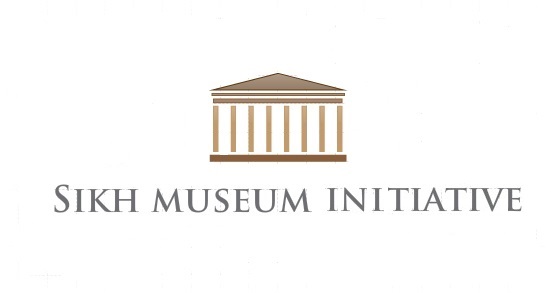
Portrait of Charles Theophilus Metcalfe
By Pardeep Nagra
The Sikh faith originated in the late 1400’s within a social and geo political and geo demographic region of one of the oldest civilizations in the Indus Valley. The Indus Valley Civilisation is also known as the Harappan Civilisation, after Harappa, the first of its sites to be excavated in the 1920s, in what was then the Punjab province of British India, and now is Pakistan.
The Sikhs were regularly under attack throughout their history, and during the 18th century a Misl system was created in the Punjab region. Misl generally refers to the sovereign states of the Sikh Confederacy that rose during the 18th century in the Punjab region of the Indian subcontinent. The misls formed a commonwealth that was described by Antoine Polier as an “aristocratic republic”.
In 1799, The Sikh Empire was formed under the leadership of Maharaja Ranjit Singh who established a secular empire basing it around the Punjab. The empire existed from 1799, when Ranjit Singh captured Lahore, to 1849 and was forged on the foundations of the Khalsa from a collection of autonomous Sikh misls. At its peak in the 19th century, the Empire extended from the Khyber Pass in the west to western Tibet in the east, and from Mithankot in the south to Kashmir in the north. It was the last major region of the subcontinent to be conquered by the British.
Incorporated by royal charter on December 31, 1600, the British East India Company was formed for the exploitation of trade with East and Southeast Asia and India. Although starting off as a monopolistic trading body, the company became involved in politics and acted as an agent of British imperialism in India from the early 18th century to the mid-19th century. At a young age of nineteen, in 1804 Charles Metcalfe who was born in India, began his political career with the British East India Company.
After his first assignment as a political assistant, Metcalfe was chosen by Lord Minto for the responsible post of envoy to the court of Ranjit Singh at Lahore; here, on 25 April 1809, he concluded the important treaty securing the independence of the Sikh states between the Sutlej and the Jumna. Charles Metcalfe also eventually married a Sikh lady from the Lahore Court.

Maharaja Ranjit Singh circa 1840. Gouache and gold on ivory in 20th century frame. © Peter Blohm
Robert Peel was the Prime Minister of the United Kingdom from 1841-1846. His ministry appointed Charles Metcalfe to the post of Governor General of the Province of Canada and Lieutenant Governor of Canada West and Canada East from 1843–1845.
It was also the Peel ministry that initiated the first of two Anglo Sikh Wars, leading to the eventual annexation of the Sikh Kingdom of Punjab by the British in 1849. It was the last major region of the subcontinent to be conquered by the British. The full rule of British India was now in place. In 1857 there was a rebellion in India against the rule of the British East India Company. In Punjab, the Sikh princes backed the Company by providing soldiers and support. Canada did the same by sending over soldiers and support. In fact, two of Canada’s first three Victoria Cross winners including Herbert Reade and Canada’s first Black recipient William Hall, received their honour serving alongside Sikhs in the battles of Delhi and Lucknow.
Today, this history is still present in Canada, with towns and streets named after Charles Metcalfe and the battles of Delhi and Lucknow. Ontario has towns named Metcalfe, Delhi, and Lucknow. In fact, in the late 19th century and the early 20th century, Metcalfe Street was one of the most prestigious addresses in Ottawa.
Visit the SMI Anglo Sikh Treaties page.
Brampton Guardia .Content and courtesy of the Sikh Heritage Museum of Canada . Visit shmc.ca
